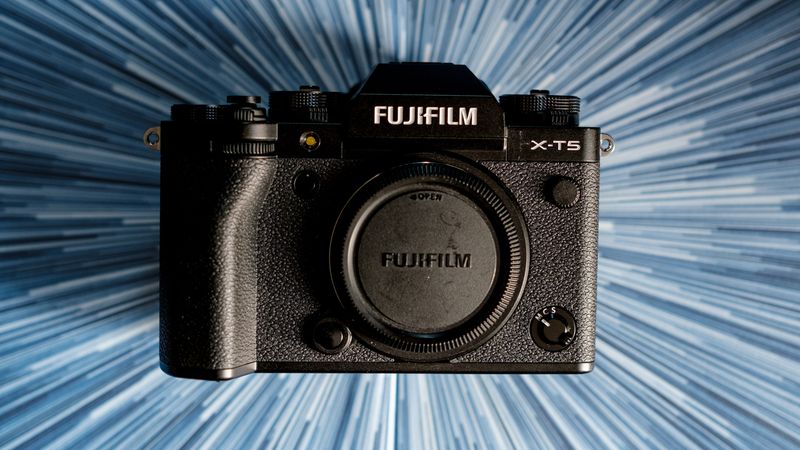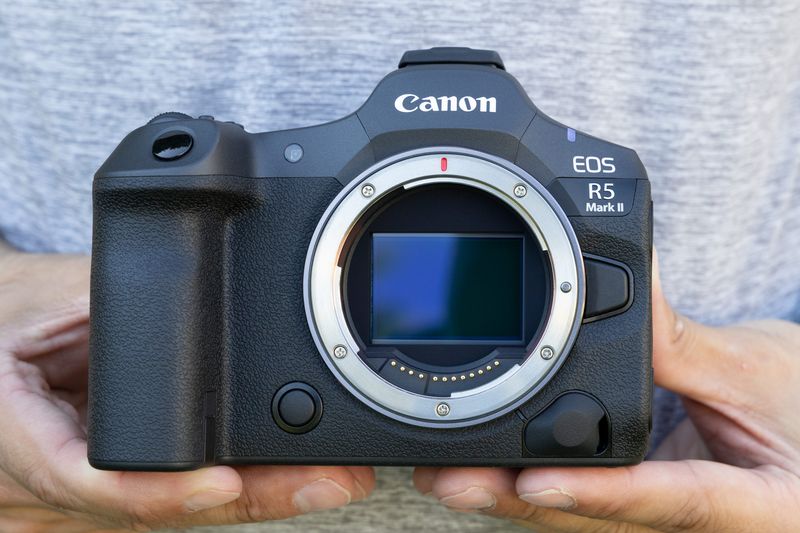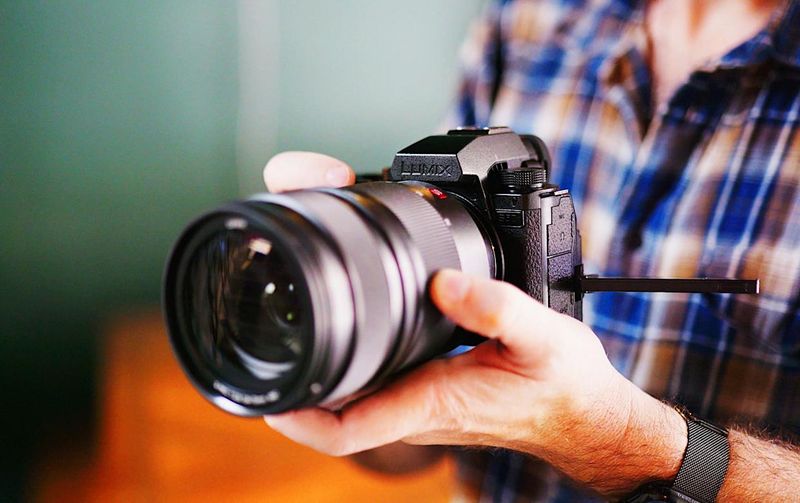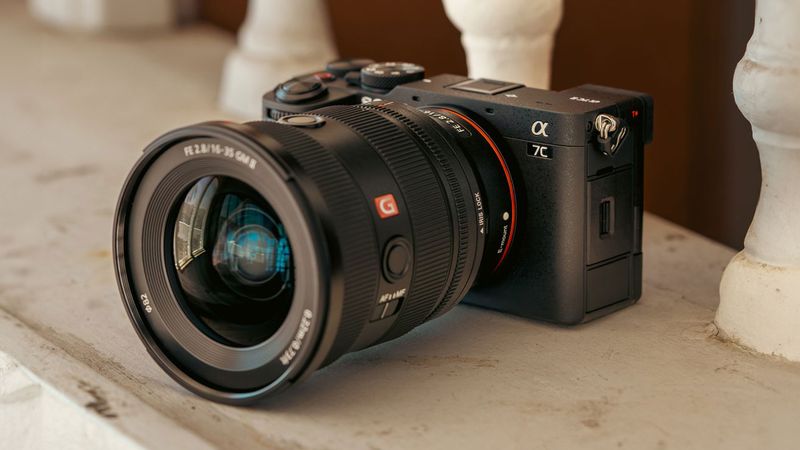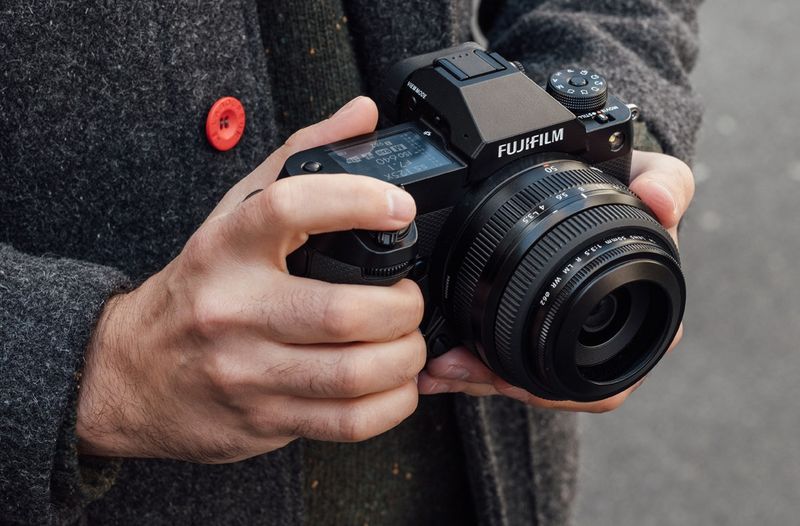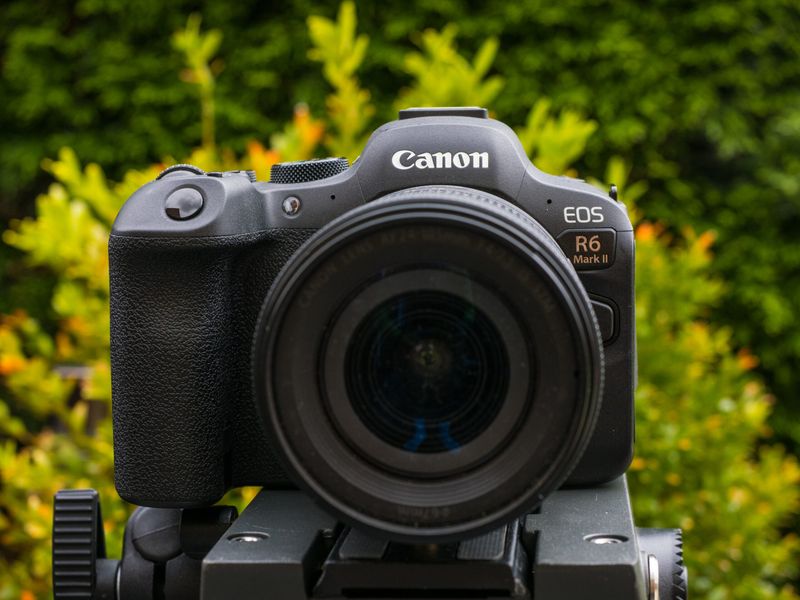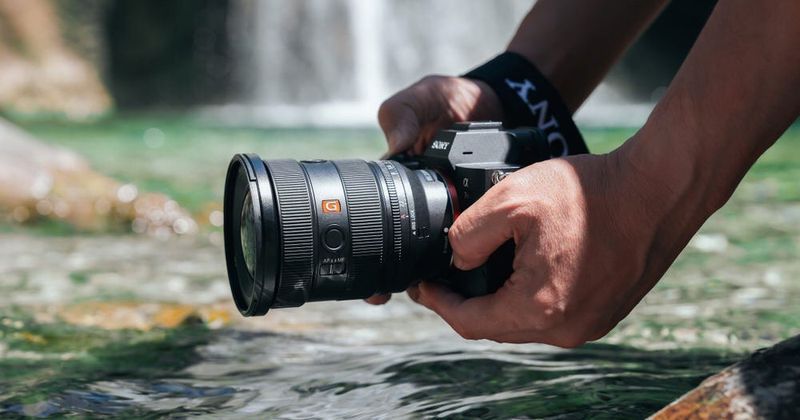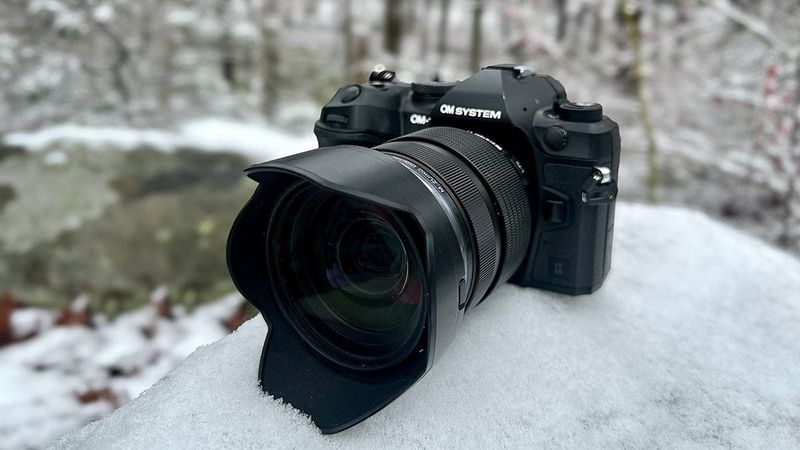Glacier-fed lakes glow with surreal ceruleans that many cameras mute or muddy. To capture that electric blue with honesty and depth, you need sensors, color science, and stabilization that thrive in high-altitude light. This guide spotlights gear that renders sapphire shallows and indigo depths with nuance, even under harsh sun or shifting weather. Dive in to find the perfect companion for your next ridge-line trek and shoreline sunrise.
1. Fujifilm X-T5
The Fujifilm X-T5 balances portability and color mastery, perfect for long, steep approaches to sapphire basins. Its 40MP sensor delivers crisp micro-contrast, preserving tiny ripples and shoreline details. Fujifilm’s film simulations, especially Velvia, enhance blues without garish oversaturation, while Classic Chrome keeps scenes natural. In-body stabilization steadies hand-held frames at wind-swept overlooks. Intuitive dials encourage fast exposure adjustments as light shifts across peaks. Its compact footprint leaves room for filters and a lightweight tripod. Raw files grade beautifully, retaining highlight headroom in reflective water. A refined tool for hikers seeking vivid, honest alpine tones.
2. Canon EOS R5 Mark II
The Canon EOS R5 Mark II marries high resolution with renowned color science that flatters alpine aquamarine. Its sensor preserves nuanced gradients from sunlit shallows to shadowed depths, maintaining clean transitions. Dual Pixel AF II tracks edges and bobbing kayaks reliably, even in glare. Weather sealing stands up to spray and sudden mountain squalls. The camera’s tonal response keeps blues believable, resisting magenta shifts common at altitude. In-body stabilization bolsters sharpness in gusty conditions. Canon’s RF lenses offer crisp micro-contrast and minimal chromatic aberration in high-contrast scenes. A versatile powerhouse for vibrant, lifelike lake imagery.
3. Nikon Z8
The Nikon Z8’s stacked sensor delivers superb dynamic range and color fidelity, crucial for tricky, reflective water. Blues hold depth without losing texture, while highlights on ripples stay controlled. Nikon’s Picture Controls and flat profiles give excellent grading latitude for subtle aquas and teals. Fast, sticky autofocus and strong tracking make composition fluid when winds shift. In-body stabilization stabilizes slow-shutter shots to smooth water. Rugged sealing and balanced ergonomics suit glacier-view hikes. Pair with S-line lenses for edge-to-edge clarity and minimal flare. A field-tough body that renders alpine lakes with clean, dimensional color and detail.
4. Panasonic Lumix S5 II X
The Lumix S5 II X combines a stabilized full-frame sensor with refined processing for honest, saturated blues. Its robust IBIS enables slower shutters to calm wind-chopped surfaces, revealing mirror-like reflections. Color profiles lean natural, avoiding plastic blues; V-Log retains significant grading headroom. The camera’s weather sealing and compact form suit long approaches. Phase hybrid AF improves subject acquisition near shimmering surfaces. High-resolution mode captures intricate mineral patterns beneath clear water. Paired with sharp Lumix or L-Mount primes, micro-contrast stays crisp. A balanced, travel-ready package for nuanced alpine color and dynamic range.
5. Sony A7C II
The Sony A7C II offers full-frame image quality in a compact body, ideal for mile-heavy lake approaches. Its improved color science and dynamic range produce faithful blues without overcooking saturation. IBIS steadies hand-held shots on uneven granite. Real-time AF locks confidently on foreground rocks, reeds, or distant kayaks. The small footprint fits easily with layers and snacks, encouraging more stops for changing light. Raw flexibility maintains highlight detail on reflective water. Pair with lightweight primes for sharp, low-distortion landscapes. A travel-friendly camera that keeps alpine hues true and luminous.
6. Fujifilm GFX 100S II
The Fujifilm GFX 100S II brings medium-format tonality that makes alpine blues feel deep yet natural. Its expansive dynamic range preserves delicate highlight roll-off on ripples and foam. Color rendering is nuanced, keeping cyan gradients lifelike under intense UV. Despite its power, the body remains relatively compact for backcountry work. IBIS helps at base ISO for maximum detail. Files grade gracefully, revealing micro textures in submerged stones and glacial silt. Weather resistance and reliable AF support demanding dawn missions. For gallery-level prints of cobalt waters and ice-lined shores, it’s a standout.
7. Nikon Z7 II
The Nikon Z7 II delivers high-resolution files with balanced, accurate color that flatters mountain lakes. Its dynamic range supports recovering bright specular highlights and shadowed banks. Color profiles remain natural, letting polarizers do the heavy lifting to deepen blues. Dual processors improve responsiveness for fleeting light windows. Weather sealing withstands mist and drizzle. With Z-mount primes, you’ll see excellent edge sharpness and minimal flare. The camera’s lightweight feel for its class encourages longer hikes. A mature platform for reliable, authentic alpine blue rendering.
8. Canon EOS R6 Mark II
The Canon EOS R6 Mark II is a versatile option for hikers who value speed and dependable color. Its full-frame sensor offers pleasing, accurate blues without oversaturation, while Canon’s color science ensures skin tones stay natural if people enter the frame. Fast autofocus and solid IBIS make hand-held shoreline shots easy. Weather sealing and manageable weight suit variable terrain. Raw files maintain highlight structure on glittering water. An excellent mid-priced choice that preserves alpine vibrancy with minimal fuss and strong battery life.
9. Sony A7R V
The Sony A7R V excels at revealing subtle tonal shifts in alpine blues, thanks to its ultra-high-resolution sensor and outstanding dynamic range. Colors remain faithful, letting glacial cyan gradients breathe without clipping highlights. In-body stabilization helps maintain sharpness when wind gusts ripple your tripod. Weather sealing and robust build quality instill confidence on rocky, wet approaches. Advanced autofocus locks onto rippling edges and distant ridgelines with ease. Pair with a circular polarizer to control glare and deepen lake hues. Its flexible raw files invite nuanced edits that keep water luminance natural. A premier choice for color-critical lake photography.
10. OM System OM-1 Mark II
The OM System OM-1 Mark II excels when portability and weather resistance are paramount. Its stacked sensor and computational features deliver crisp, punchy detail, while color profiles keep blues vivid yet believable. Pro Capture helps time wind lulls for perfect reflections. Class-leading stabilization enables ultra-slow shutters to silk water or shoot at dusk without a heavy tripod. The system’s small lenses lighten packs for longer approaches. Weather sealing thrives in spray and sleet. For photographers prioritizing weight, reach, and reliable color, it’s a rugged, travel-ready companion.

